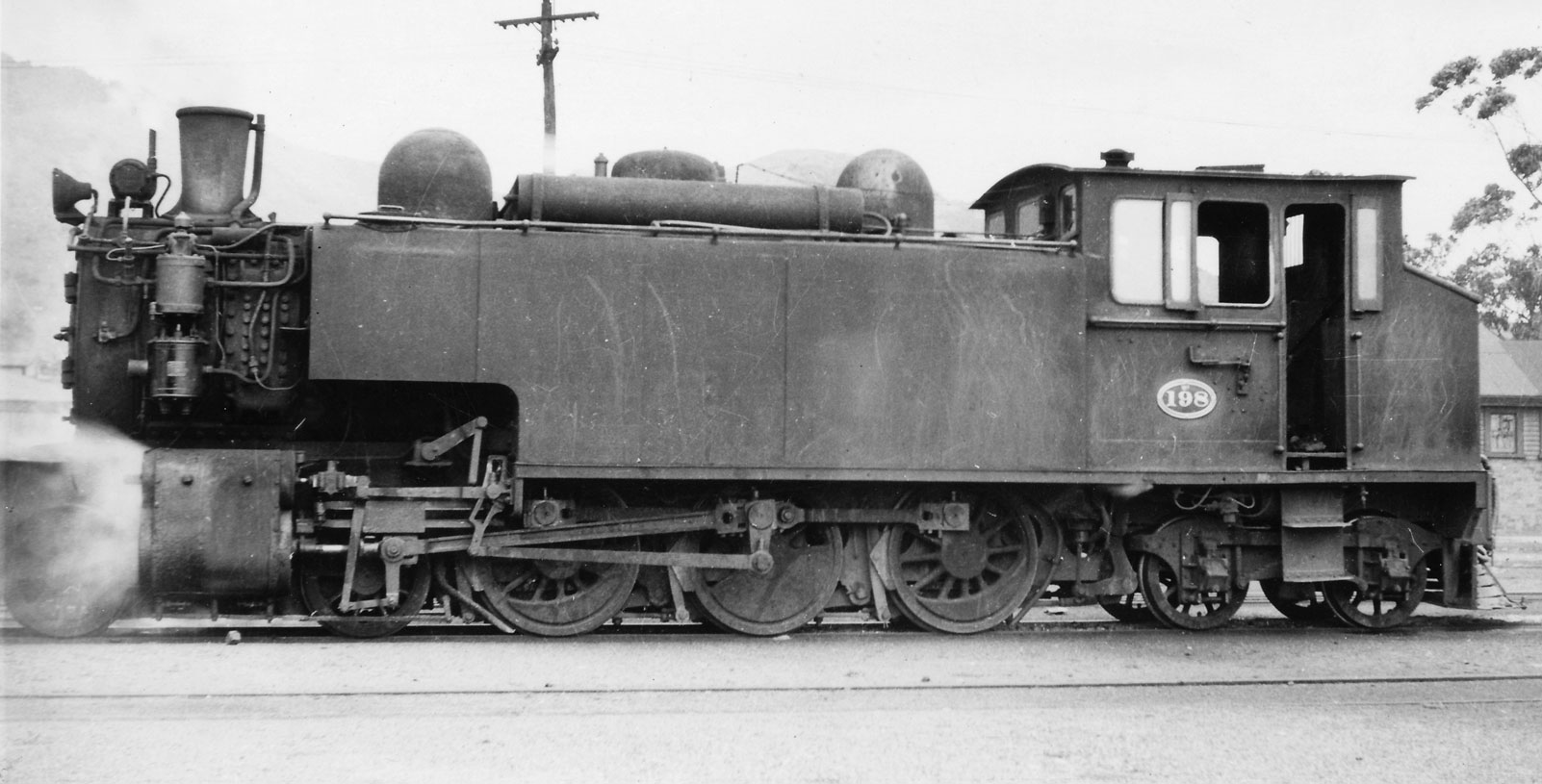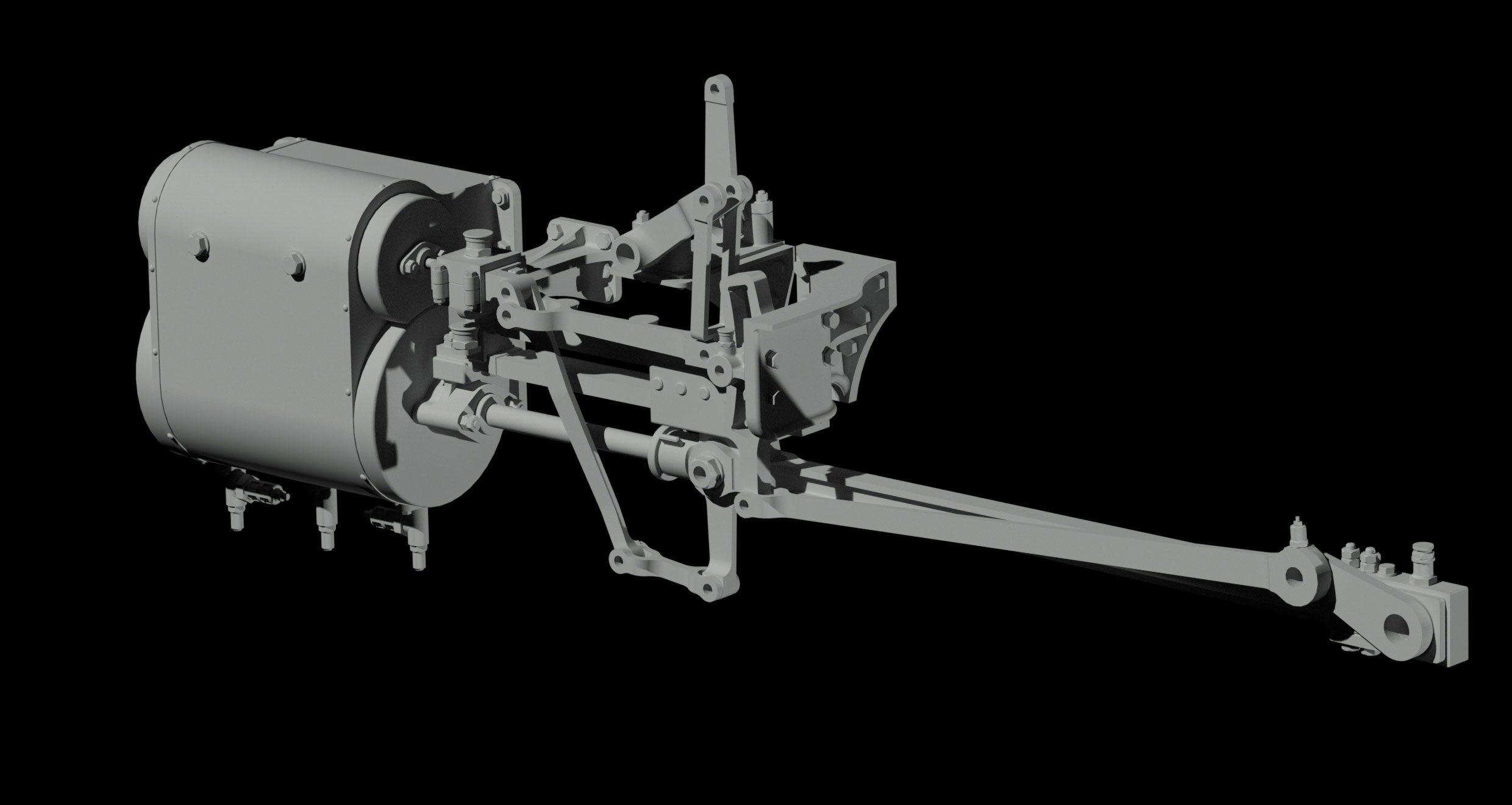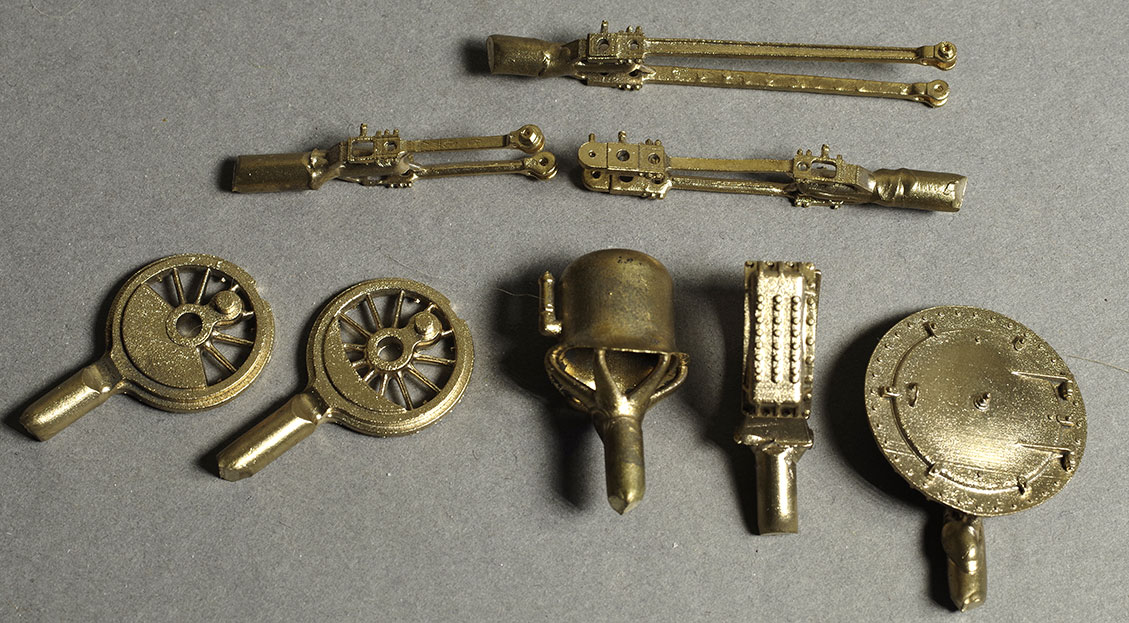The first of, what may be, a series of posts describing the build of We 198. The culmination of over 30 years of interest and occasional research on the class.
The class, it’s genesis, and development have been well summarised in the recent NZMRG publication by Alex Smith. The heavily abridged version, for the purpose of my model, is that two almost new 1899 Sharp Stewart built B class 4-8-0 tender locos were converted to 4-6-4T in 1902. This served the dual purpose of providing motive power for the Rimutaka incline and alleviating issues caused by the B’s long wheelbase on contemporary track. B198 was converted at Hillside becoming We198, and B178 at Addington, becoming We377. The later conversion of We375 and renumbering is outside the scope of my 1940 period. Apart from early years on the Rimutaka incline north of Wellington, their working life was more or less restricted to the South Island’s Rewanui branch with it’s Fell rail centre braking. By 1940 both locos were well into middle age and showing some character for it.
I started building We377 around 1990, with sparse resource, skill or prototype data. Over the years the situation on all fronts has improved considerably. 377, which has never actually been finished, has had a few A grade overhauls over the years to keep pace with events. It’s scratchbuilt with some proprietary castings and only a few of my more recent digital castings where earlier attempts at brass patterns were not really up to scratch. No etchings here. My plan is to complete it more or less in it’s current form. Elements of it could be improved, but others (like the machined rods) are arguably better than I’d probably do today. So I’ll mostly leave it alone as a reminder of past efforts, other than what’s needed to finish it off. It looks a bit bare here as in 1940 all the brake piping was on the driver’s side.
In any case I can easily justify having both 198 and 377, so keeping the old and the new will be just fine.

We 377 in works grey finish – a photo I’ve posted in various fora in recent years. Not too much to do other than finish assembling and doing the DCC and lighting. It needs a cab interior too, which will be something of a fiction based on standard practice as I have little information. One certainty is it will need screw reverse.
When I got started on 377 the blossoming of the digital age was still some way off. I could (and did) request drawings from NZR in Wellington, and fellow modellers supplied photocopies of photos, but information was scant (by my current standards at least). Part of the problem was that NZR did not do a full drawing set for the locomotives at the time. Hillside and Addington didn’t do things quite the same way either (the cab rear windows of 377 and 198 being quite different and other subtle variations). Cab and side tanks were new, and thus drawn up in detail. So too were some details of modifications to braking, frame changes and the trailing bogie (previously under the tender of the donor B). Many other details were simply annotations added to the B drawings, which is clear when you find them, but not easy when you are searching. Another complicating factor is that while Sharp Stewart built four B class locos, they were given the contract alongside NZR’s B building programme to increase the latter’s capacity. The NZR B drawings have been reasonably easy to get and have been handy to have, but it became clear from photos that the Sharp Stewart locos were a bit different. The driving wheels are one clear divergence, but the motion is also rather different in detail (if not in overall impression) as are the frames. The Sharp Stewart drawings have been coy until recently. Of course the information age is now in full flower and great quality scans of old photos together with almost all the relevant drawings (including the Sharp Stewart) can be had relatively easily provided you know who to ask and have their goodwill. As usual there are plenty of standard parts and fittings already on hand that will simplify detailing.
And let’s not forget the usual problem that details changed over time and between locomotives so getting a portrait of We198 in 1940 is as challenging as any other. But for We198 I do have a couple of good period photos as well as the maintenance records (198 had an A grade at Hillside early in 1940), so detailing should be pretty right. There’s a lot of other photos that will be handy too, provided I’m on the look out for anachronisms. I don’t have a complete drawing set, but I’m so close to it as probably makes little difference to a model build. So a model to a good standard of accuracy will be achievable.

We198 at Greymouth in 1941. This is the condition I plan on modelling 198 in. Electric light has been fitted, and the large drum reservoir (see We377 model pic) is gone. The slope back bunker remains and the brake pump (on the usual fireman’s side on 198) is still sheathed. Photo: EJ McClare.
As I got into the planning for 198 it became clear that the motion was really the big unknown. There’s an excellent Percy Godber photo of 198’s motion and it doesn’t match the NZR B drawings at all. As I was trying to work all of this out, a dialogue with Caleb Scott resulted in him searching the KiwiRail collection and finally uncovering the Sharp Stewart drawings. This suddenly made life relatively straightforward and my CAD render of the motion is shown below. This should all cast up relatively easily as it’s a bit chunkier than the smaller tank locos I’ve done recently. My approach to cylinders has evolved somewhat. For the We I’ll cast the cylinders (minus front covers), slidebars and motion bracket as one piece. On the pro side:
- This makes assembly easy and strong
- Holes for piston and valve rods can be opened out from the front as needed
- Printing and casting is relatively straightforward.
On the con side, however, cleaning up the slidebars is something of a fiddle.

CAD render of the We motion. It’s a bit short of fully detailed, but contains all of the parts that can be sprued up for printing and casting.
Prior to getting hung up on the motion, I had made some progress on other parts. The raw castings below will need to be cleaned up, but this is how they come. The rods are Addington (NZR) B rods, but these look the same as the Sharp Stewart variety. As with my last couple of loco rod exercises, I’ve cast the rods to take separate ‘brasses’. The crankpin centres can be precisely adjusted in a jig as the brasses fit into slots . Sadly the con rods will need redoing as the Sharp Stewart crosshead is deeper than the NZR one. Not hard, but frustrating. The superheater covers, smokebox front and ‘pop’ valve on the steam dome got sorted out with help from John Brouwer.

Some of the the embryonic parts collection for We198. The lighting hasn’t been particularly kind here as they look better in the flesh.
The model is rather unevenly advanced at present. Overall it will be to the same principles as the W and Wa (and, indeed, We377). All familiar ground for me and I’m confident there are no insurmountable gotchas lurking. A bit of thought will be needed on the bogies as I’ve had to deal with single axle trucks for the most part so far. Almost all of the parts needing to be printed and/or cast have been drawn up or, where not, the workshop drawings are on hand. The drive will be an evolution of the W drive which works well; A 2-stage 50:1 reduction that will clear the centre rail. The sheetmetal stuff will be etched but, while the artwork is started, it is lagging behind the rest of the project. This is a backburner job at present though, and the idea is to keep it ticking along so that when I feel the need to actually build 198 most of the parts will be on hand ready to go.
I’ve had a lot of help on We research, pestering the following at various times. Thanks to (in alphabetical order): John Agnew, Colin Barry, Paul Berntsen, John Brouwer, Ken Cousins, Kevin Crosado, Fergus Gillon, and Caleb Scott.

1 comment